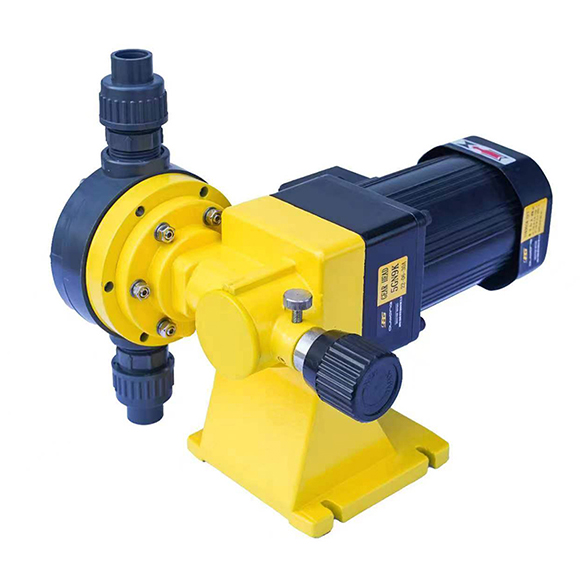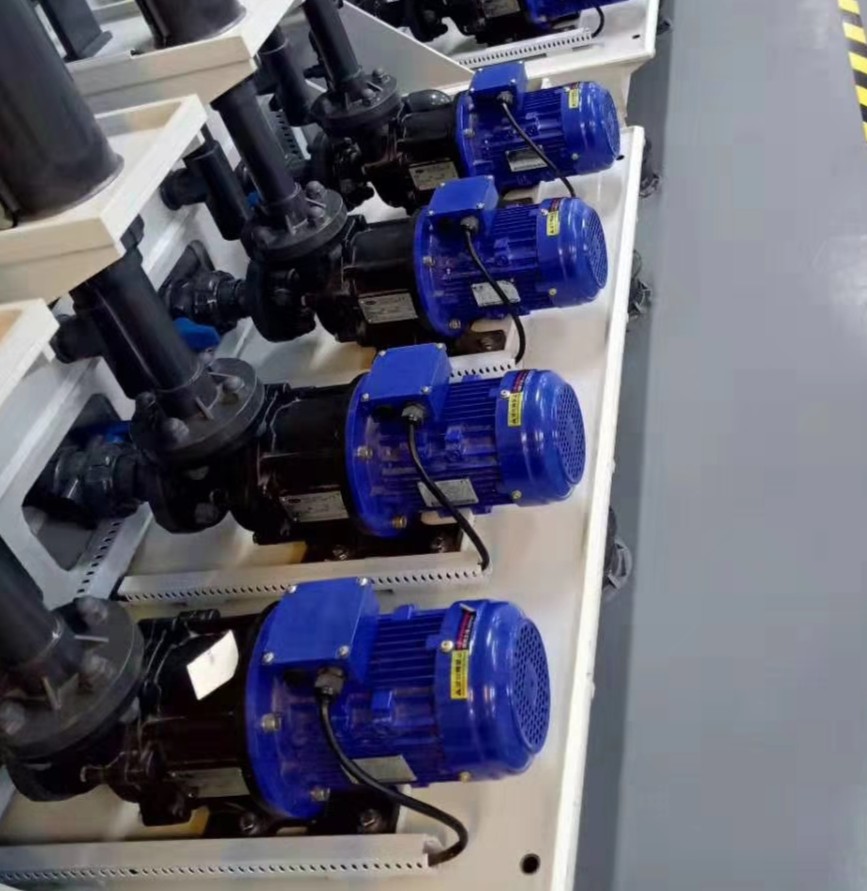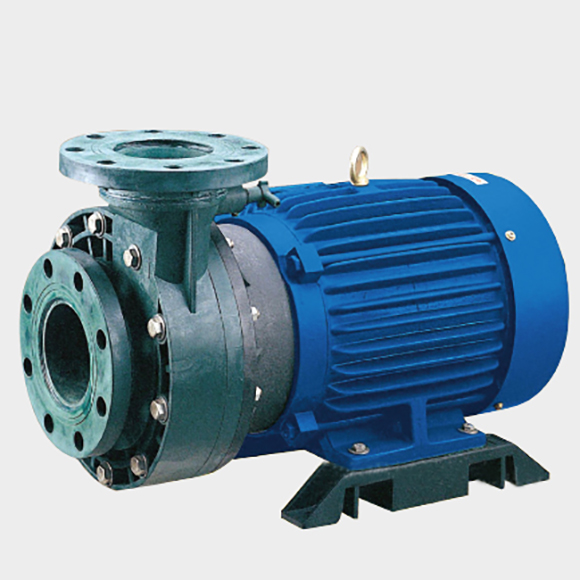A dosing pump (also known as a metering pump) is a precision device used to deliver accurate amounts of chemicals or liquids in various industries such as water treatment, chemical processing, pharmaceuticals, and food production.
Proper flow rate adjustment is crucial to ensure dosing accuracy, process stability, and equipment reliability.
Below are the main methods used to control and adjust the flow rate of a dosing pump.

1. Mechanical Flow Adjustment
Principle
This method changes the mechanical parameters of the pump — such as stroke length or plunger displacement — to regulate the output flow.
Methods
Adjusting the Stroke Length:
By turning the adjustment knob or handwheel, the plunger or diaphragm stroke length is modified. The longer the stroke, the greater the flow.
Most pumps allow 0–100% stroke adjustment, with nearly linear flow response.Adjusting the Stroke Frequency:
Changing the operating speed or number of strokes per minute alters the pump output.
This method is often used with variable-speed motor control.
Pros: Simple operation, reliable design.
Cons: Limited range, not suitable for continuous dynamic control.
2. Electrical Control (Variable Frequency Drive)
Principle
By using a Variable Frequency Drive (VFD) or inverter, the motor speed can be controlled, which directly affects the pump flow rate.
Methods
Adjust the VFD output frequency (e.g., 30–60 Hz) to increase or decrease motor speed.
Can be integrated with PLC or DCS systems for automated control.
Pros:
Smooth and precise flow control
Supports remote and automatic operation
Cons:
Higher cost
Requires stable electrical systems
3. Pulse Signal Control (for Solenoid Diaphragm Pumps)
Principle
Solenoid-driven dosing pumps adjust flow by changing the pulse frequency that drives the diaphragm.
Methods
The higher the pulse frequency, the greater the flow rate.
Control can be manual or via 4–20mA or digital external signals.
Pros:
High precision
Ideal for automatic chemical dosing in water and wastewater treatment
4. Bypass Flow Control
Principle
A bypass or recirculation line is installed so part of the liquid returns to the chemical tank, effectively reducing the actual dosing rate.
Methods
Use a control valve on the bypass line to adjust the return flow.
Increasing bypass flow decreases the amount of chemical delivered to the process.
Pros: Simple design, low cost
Cons: Less accurate, may cause chemical waste
5. Automatic Control System (Closed-Loop Dosing Control)
Principle
Combines sensors, PLC, and variable-speed dosing pumps to create a fully automated flow regulation system.
Applications
Used in municipal water plants, industrial cooling systems, and wastewater treatment.
Real-time monitoring of parameters such as pH, ORP, or chlorine allows the system to automatically adjust the dosing rate.
Pros:
High precision and stability
Maximizes chemical efficiency and reduces manual operation
6. Important Precautions for Flow Adjustment
Always adjust gradually to prevent sudden mechanical stress.
Avoid running the pump below 20% of stroke length, as it may reduce accuracy or damage components.
Calibrate flow rate under actual system pressure to ensure dosing accuracy.
Regularly inspect valves, signal cables, and bypass lines for proper operation.
Conclusion
Choosing the right flow adjustment method depends on your dosing system’s requirements, control precision, and budget:
For manual systems, mechanical stroke or bypass adjustment is cost-effective.
For automated dosing, variable frequency or pulse control provides better precision and flexibility.
Proper flow calibration not only ensures dosing accuracy but also extends pump lifespan and minimizes chemical consumption.







